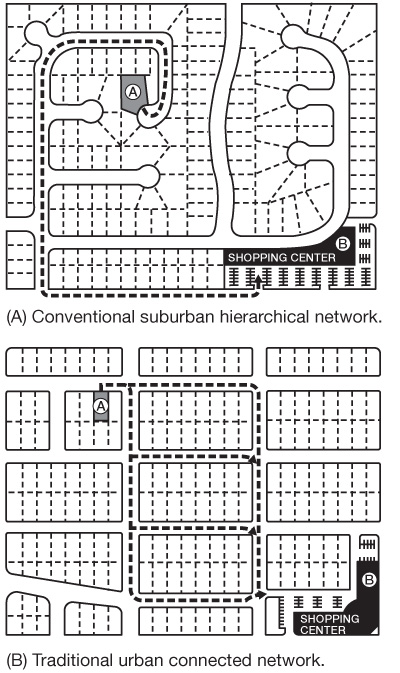David Henry
Chief Operating Officer, Springfield Land Corporation
Brisbane, Australia
- At the Greater Springfield development] physical activity is everywhere: we have many kilometers of bike and jogging tracks, more than a third of the land preserved as open space, fully utilized sport fields, and significant public transport usage. Health anchors our development, with 15 schools focusing on health care, primary health care facilities immersed into the six suburban neighborhoods, a new hospital under construction, health-related training courses at the university and technical college, and retirement partners about to deliver new housing to meet our aging consumer base.
